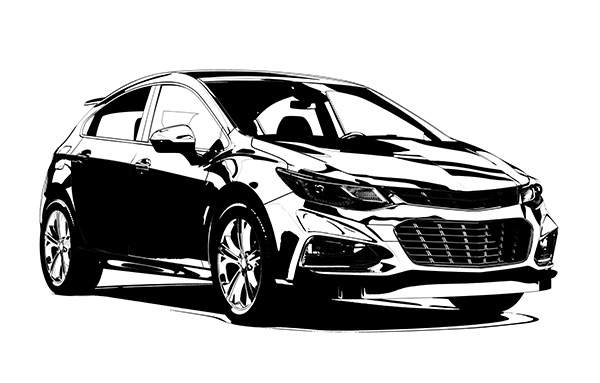The Linocut effect imitates the method of engraving on linoleum similar in technique to woodcut. This printmaking technique is also known as lino print, lino printing or linoleum art. The drawing is applied to a printing plate (a sheet of linoleum) from which you can print it on paper. In a classical engraving, the image is created by black strokes on a white background. Linocut's characteristic expressiveness, strong contrast between black and white, and its rich and exuberant strokes are made using a soft material.


Posterizing (10-100). Preliminary simplification of an image by combining pixels with similar colors.
Level of Detail (1-100). Amount of detail and lines in an image. Increasing the value gives more detail and a darker image.
Sharpen (1-100). Distinctness of the image lines. Increasing the value makes strokes appear clearer and more precise, without affecting the overall level of detail. Blurry images will appear darker.
More White (0-50). Increases the background areas filled in white.
More Black (0-100). Increases the "printed" areas filled in black.
Paint Color and Background Color. Use the color plates to set the paint (ink) and background colors. The default colors are black and white. Click the plate and change a color.
All changes are displayed in a small preview area.
To process the entire image with the selected settings, press the Run button.
Click Default to restore the original settings.
Click OK to apply the changes to the image and close the effect parameters.
Click Cancel to close the dialog box without applying changes.
